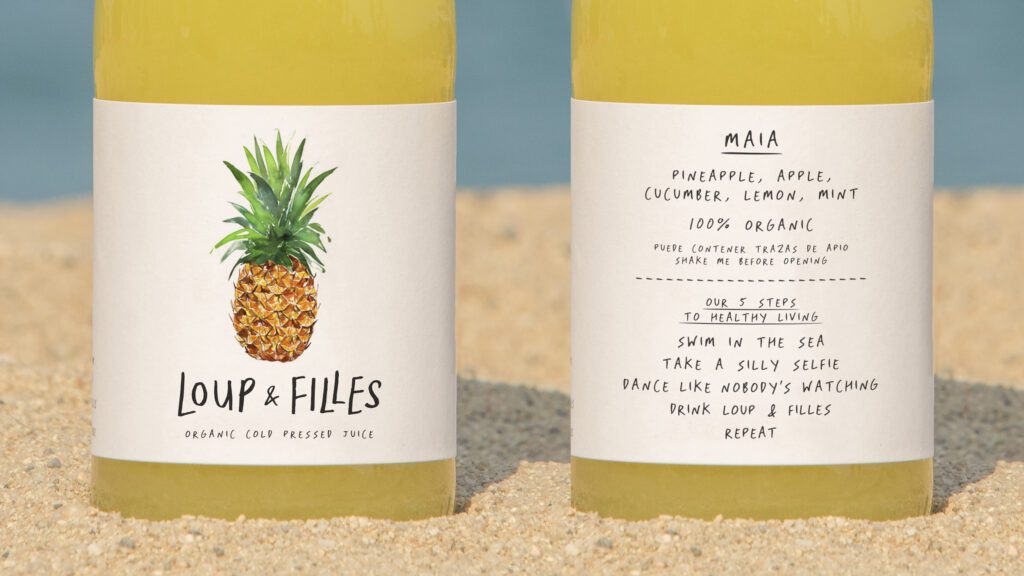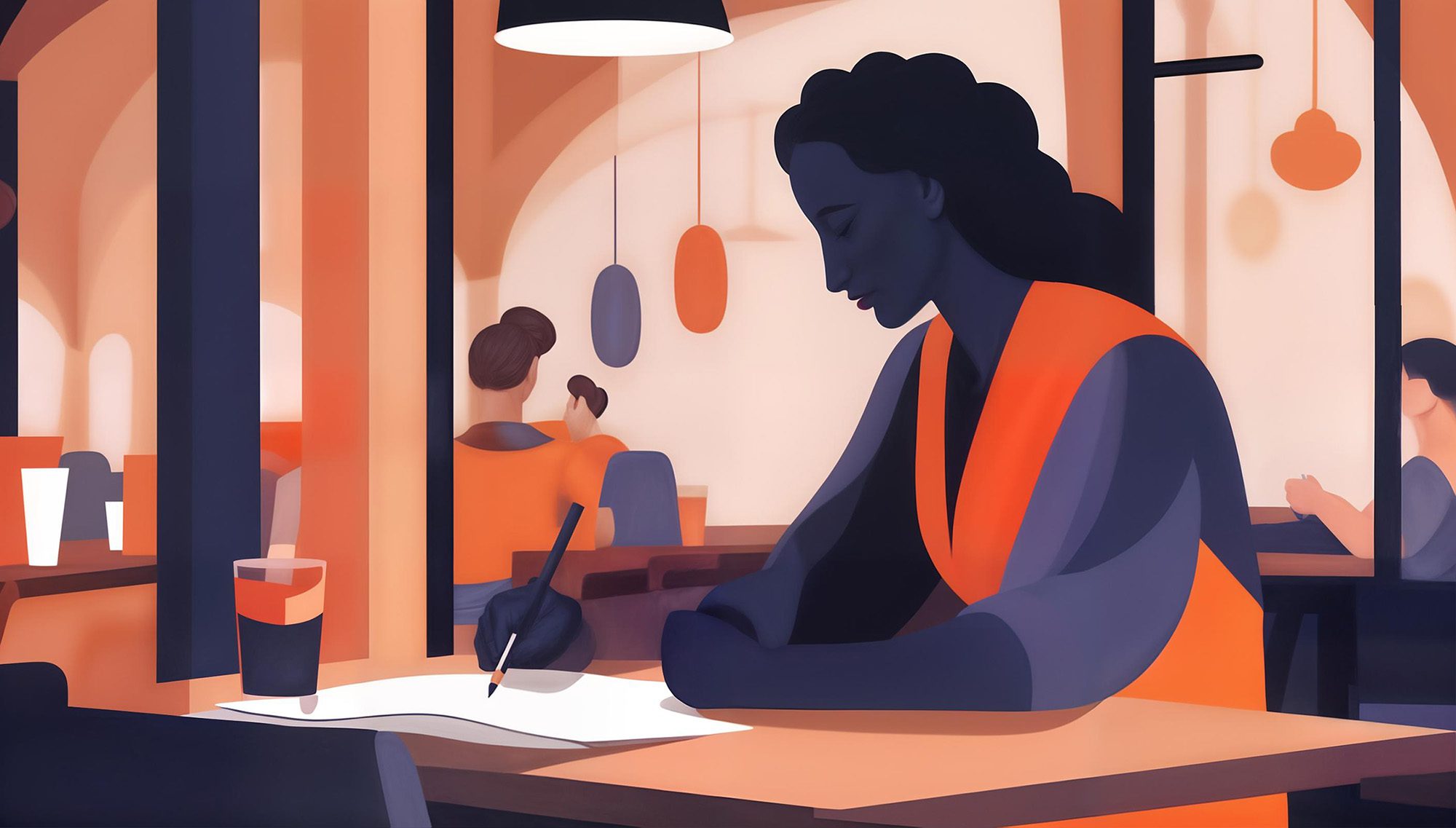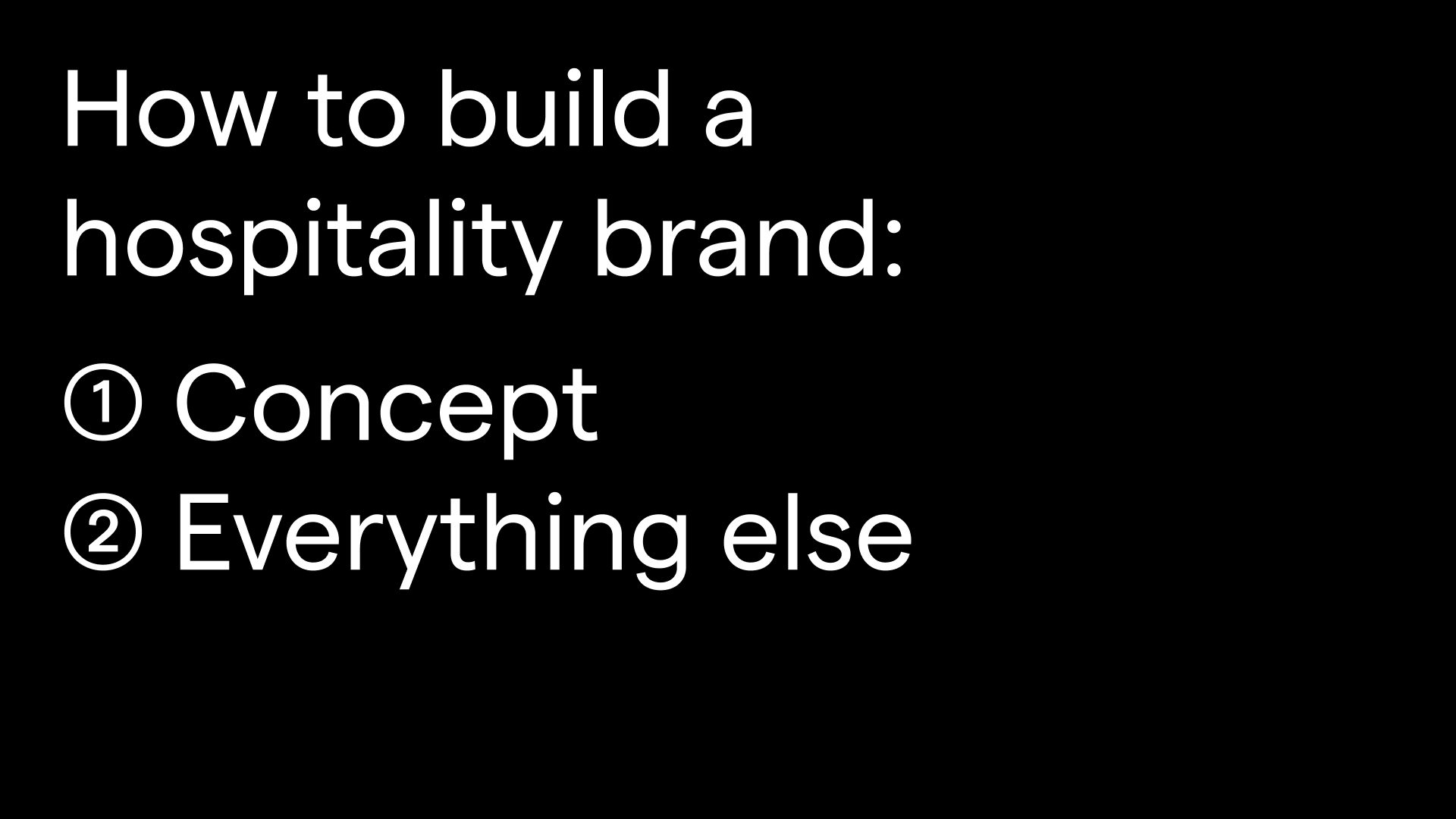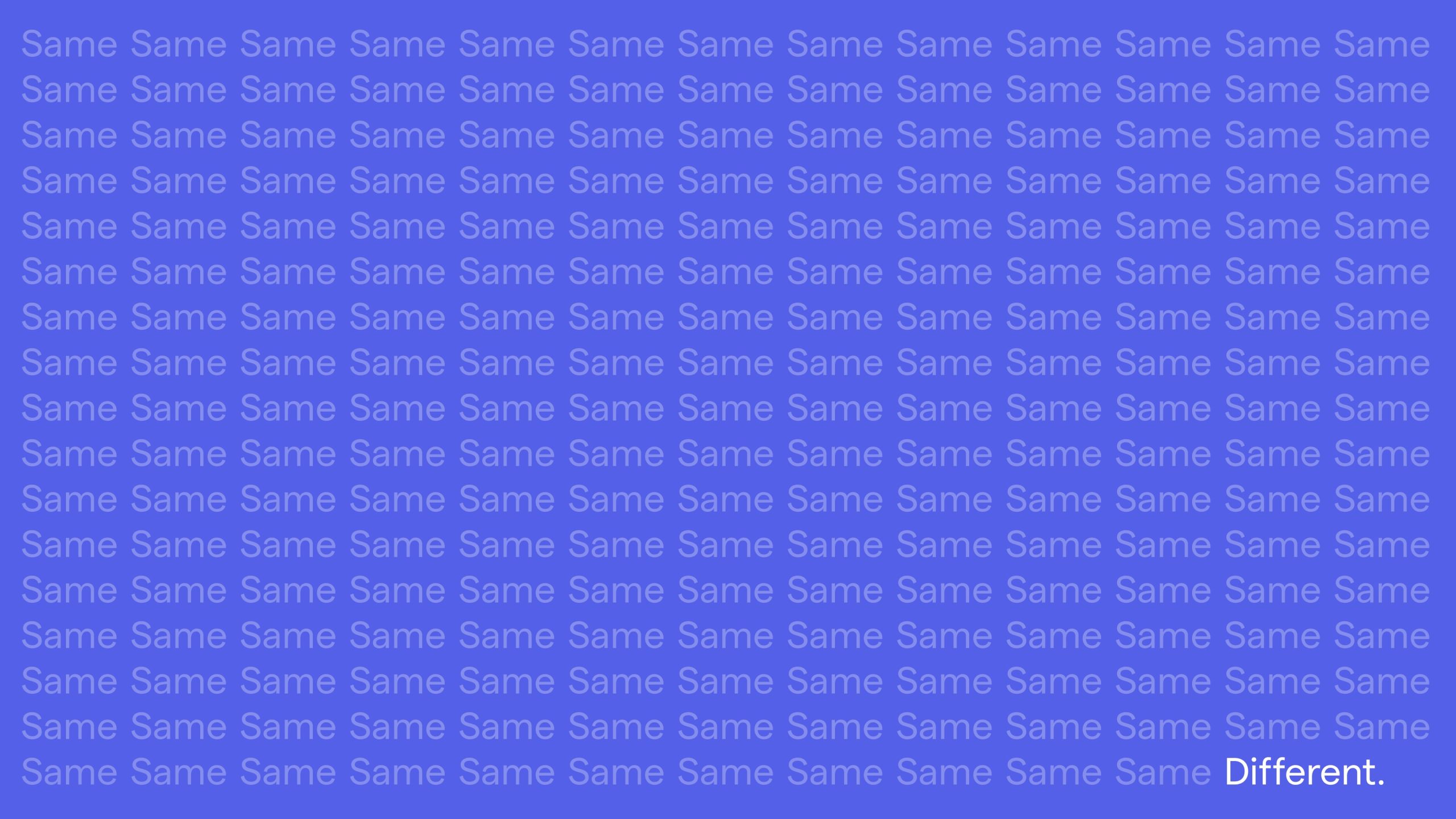In a sector where everyone is trying to stand out and make a lasting impression, why is it that few are truly memorable? We believe that the secret sauce is in telling your story.
Storytelling helps to say something truly different while remaining authentic. It grabs people's attention, forges connections with guests, and establishes your hotel or restaurant as somewhere worth returning to. In this article we look at tips to define the story behind your brand and outline why it matters for Press & PR.
Stories with history
If your hotel or restaurant has cultural significance and is a well known establishment in your city, it can make sense to leverage that as part of your identity. That's not to say your story has to sound like its being told by an old historian, but it can certainly be fun to add a new chapter.
At Bar Bauma, we discovered that it had been a place where writers used to meet in the 80s and 90s. Visually, we bought that story back with lined paper and typewriter-esque typography. But where it really helped was in the press and PR, giving journalists something to say beyond "great food, nice service."
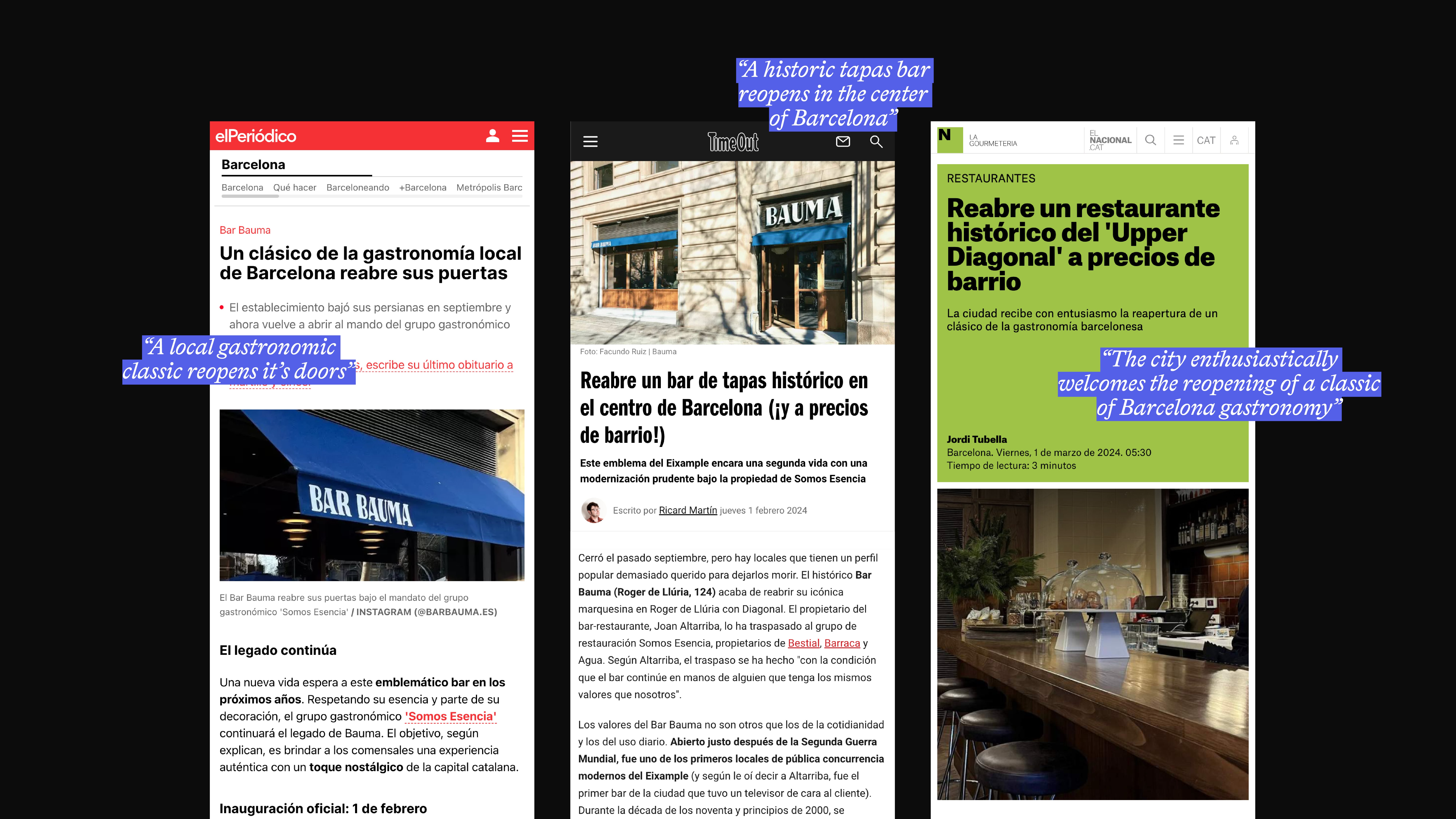
Stories that come from the building
How do you come up with a story when your business is brand new? Well, that's where you need to take a closer look at your surroundings, because there's always a good story waiting to be found.
When we started work on Chandigarh Café, we knew that it would be located in an unusual modernist house in Barcelona. So who else could we draw inspiration from other than the modernist master that is Le Corbusier? When we discovered that he had designed the masterplan of the Indian city of Chandigarh, following the same "faith in the future" philosophy that we aspired to have for the restaurant, everything clicked into place.
This story formed the basis for the visual identity, while also providing an interesting anecdote when the restaurant was reviewed by magazines and newspapers.
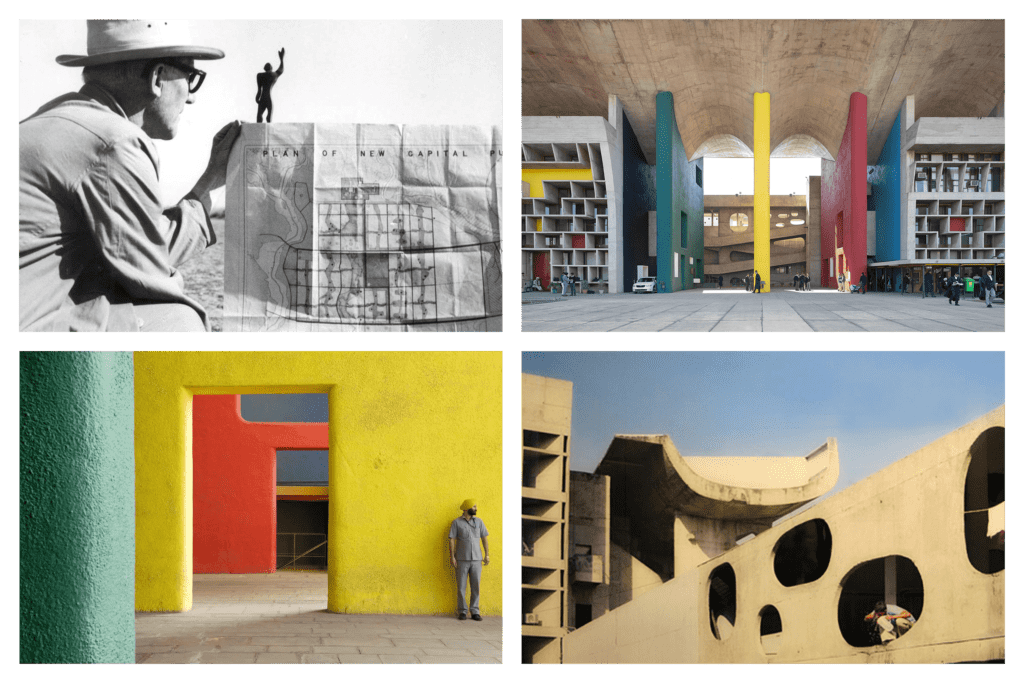
Stories with cultural relevance
When the historical significance or architecture of your business doesn't offer up stories, it can be worth looking to the culture of the place your in and consider your opinion as a business owner. What's missing? What are people yearning for? What do you wish there was in your city, that there already isn't?
In the case of Les Filles Café it was a place that encourages you to slow down, to find a moment of calm in an otherwise hectic city. This well-being mission translated into the tone of voice and design, from calming illustrations by Kelly Knaga to the ever-present wise Owl of Minerva watching over guests.
Les Filles has since become a point of reference for those looking for a well-being hangout in the city.
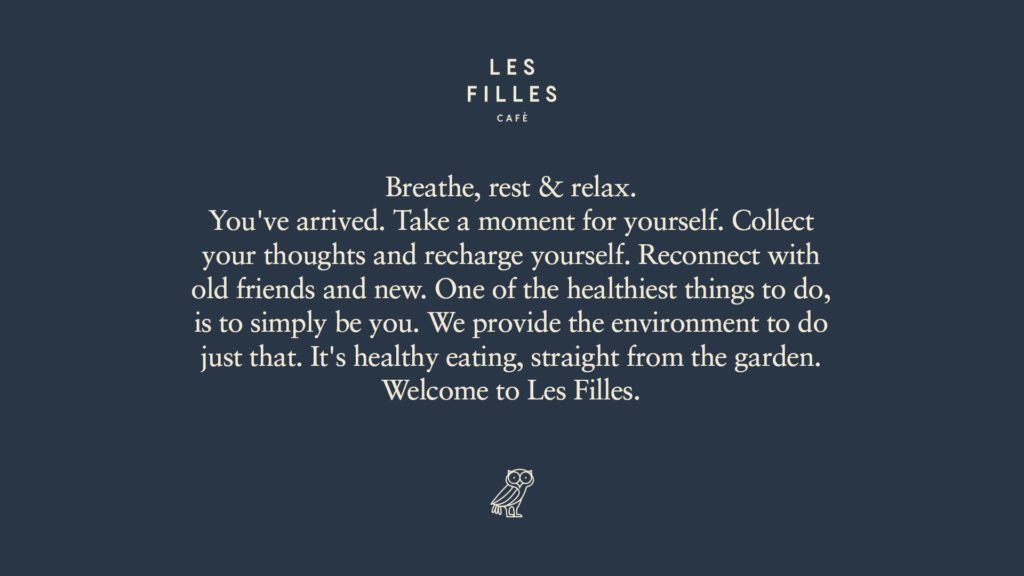
Stories in the experience or offer
Sometimes your brand story can connect to your business offer. If you're doing something truly unique and different from others, then the story should help back that up and bring it to life for your guests.
This was our challenge when designing the identity for LLOP, a fun-loving all-day café and bar. It's a place where you can have breakfast, read a paper, drink a cocktail, enjoy lunch, eat a snack, meet friends, have a date, listen to music and dance with friends. So what better way to tell that story and have some lovable wolf illustrations by Gwendal Le Bec to bring that to life?!
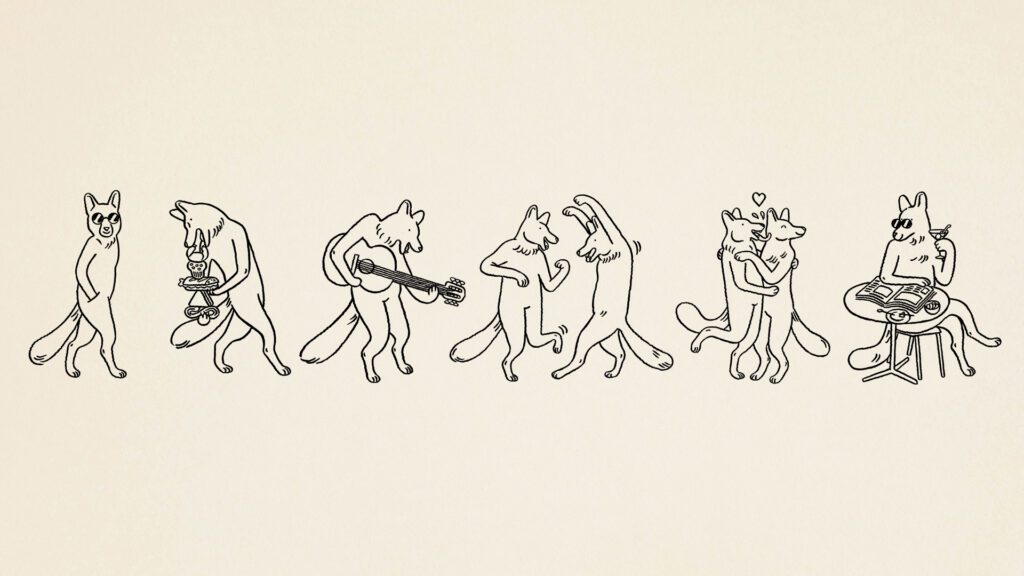
Your story
The most authentic story that hospitality, food or beverage businesses can tell is their own. The more personal the story, the easier it is for people to connect with you and your brand. Often brands that tell a personal story have a founder (or founders) that are present in their communications and whose tone of voice is uniquely their.
Loup & Filles is the story of founders Tamsin & Paula, and the brand encapsulates their ethos, their energy and their personality. This was best communicated to customers via their '5 steps to healthy living'...
